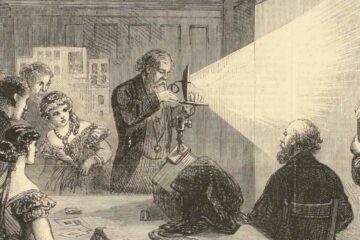This article explores some of the historical forces through which the Thames became a key site where gas manufacture and ballooning came together to provide new forms of experience and spectacle; and economic opportunity as well as deadly physical risk and toxic effluent. Gas in London applied a material force, exerting a presence both through the positioning of human observer in the aerial landscape, and as a pictorial subject of art and visual documentation, rendered through fine art, watercolors, maps, and other visual records. Consideration of what I call here “the visual gas field” suggests that the docklands of the nineteenth-century Thames were not only connected by its waters, but also by a form of energy that bridged earth, air, and water with far-ranging impacts on the river’s ecology, the people who lived and worked on it, and the ways in which the river was seen and imagined.


0 Comments